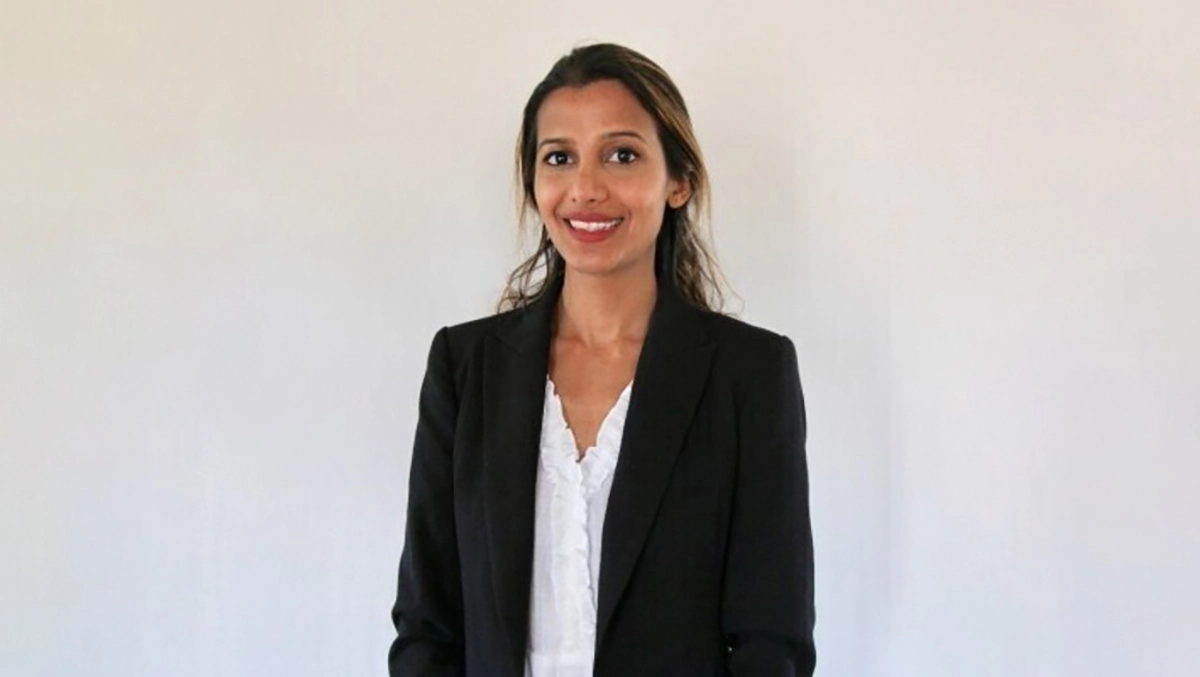
IWD 2024: Digital tools key to opening the door for women’s economic empowerment
This International Women's Day, Nirri Shah from Good Return highlights the potential power of digital learning tools to bring more women into the economy and support their business and livelihood growth.
For many of us, accessing our savings and loan information through digital platforms is second nature. You probably can't remember the last time you visited your local bank branch in person.
Across Asia and the Pacific, banking and financial apps and digital services are a huge growth area, and the COVID-19 pandemic accelerated the use of these digital services. In the Philippines alone, the most popular banking app Gcash is accessed by 67% of the population.
However, despite the growing popularity of digital financial services, millions of women still find themselves excluded from formal financial systems and unable to access or use digital tools. Countries in the Asia and the Pacific region face some of the world's lowest rates of digital and financial literacy rates and the unbanked population remains a major concern. Globally 1 billion women still do not access formal financial services. Where I live and work in Cambodia, financial literacy rates for women are at 16%, lower than the national rate of 18%, and 67% remain unbanked.
This International Women's Day, the United Nations is calling for an acceleration in women's economic empowerment and investment in women. The women I meet in my work are already running businesses and trying to build their livelihoods, but are underserved by the banking system. To empower these women and ensure their businesses and livelihoods can grow, we build a bridge between them and new digital financial technologies. If more women can access digital banking services and financial literacy tools, they will be equipped to manage money with confidence, grow their businesses and participate more fully in the economy.
At Good Return, we have already seen the power of financial literacy training. Over our 20 year history, we have helped 65,000 people build their financial skills through our training programs which are a combination of lessons, exercises, and workshop discussions. The curriculum is designed with a behaviour change approach, helping learners to take control of their money and make confident financial plans for the future. Our financial literacy programs have been delivered by our coaches and training partners face-to-face, with our team travelling through the remote mountains of Nepal and to hidden islands in the Solomon Islands to reach learners.
We know we need to reach even more people, and we must do this with digital training tools. Turning our curriculum into bite sized learnings delivered via phones or devices will provide an accessible way for people to build their financial confidence and money management skills. These training tools can be delivered via apps which require minimal data and can be used offline. We know they need to be designed for people with low levels of financial and digital usage, with simple visual and UX elements and localised cultural references. They should be integrated and leverage popular platforms already in use such as Facebook and Telegram,.
To see the power of digital tools in action, you only have to talk to someone like Jhona Joy. Jhona Joy is a mother of three and lives in the Philippines. On top of managing her busy family life, she is a dedicated member of her wider community and also works tirelessly as a microentrepreneur, buying and selling pre-owned items. Jhona is driven to grow her business, but has struggled to understand her profits and takings and plan for each week ahead. Jhona downloaded our My Money Tracker app, which has been designed for microentrepreneurs with low financial and digital literacy. Since using the app, she now knows exactly what money is going out of and into her business and has set up a business plan for future growth. Her confidence in financial skills has also prepared her to speak with a bank about a business loan.
As digital banking apps grow in popularity, we also need to train vulnerable communities in cyber safety and how to ensure they minimise any risk when using banking apps. To do this, we need to use a combination of videos, cartoon graphics and printed materials to reach vulnerable communities, where women who are new to digital banking need to learn to use the applications safely and securely.
Banks can also play a role in embedding financial literacy and digital safety training and tips within their own banking apps and digital services. It is vital that financial institutions help their clients understand their rights when it comes to applying for loans or setting up accounts, and are using digital banking tools in a safe and secure way. Banking staff need to be trained to understand the needs of women clients and develop products and services that meet their needs. Women have faced many barriers accessing the financial system - discrimination, lack of the right paperwork, lack of digital skills - and the banking system will ultimately benefit if it can support more women to access their services.
If we harness the power of digital technology for women, we know we will see real change for women and families in our region. Rather than being a barrier, this technology should be for everyone, and should be central to building financial inclusion in our region.